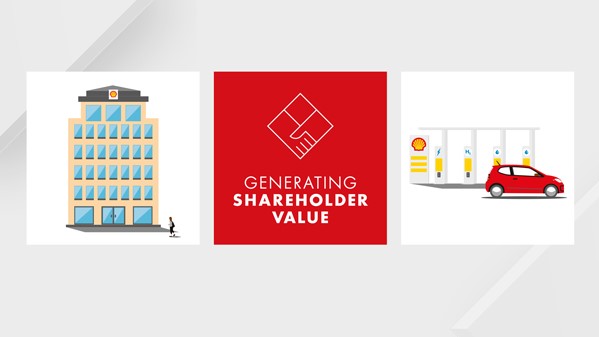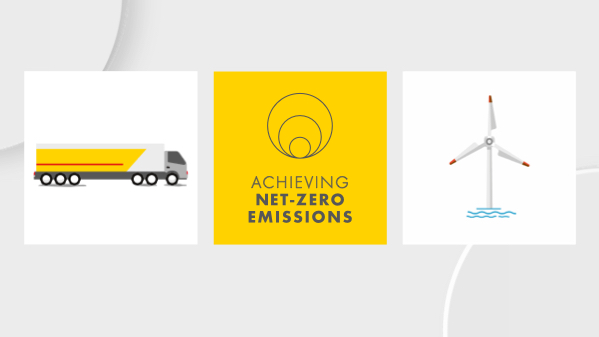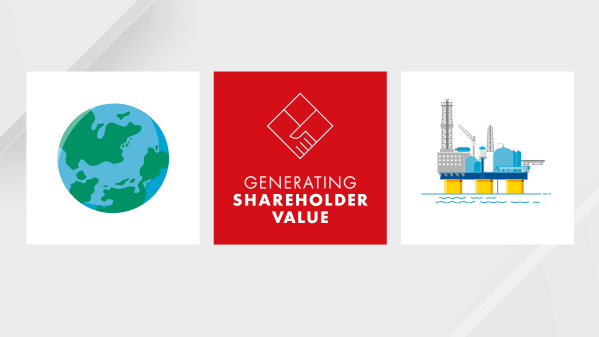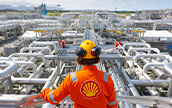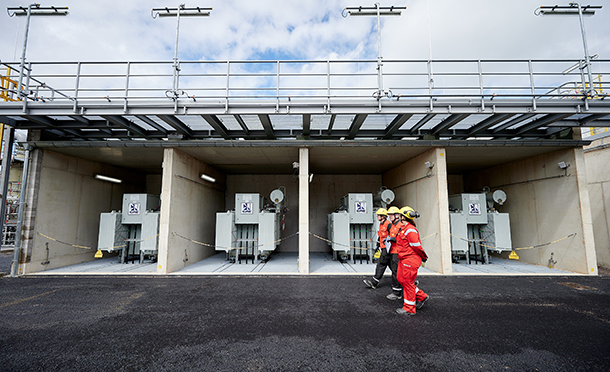Reducing carbon intensity
The biggest driver for reducing our net carbon intensity is increasing our sales of low-carbon products and services. The chart below illustrates how this change in our product mix could help us to achieve our target to reduce our net carbon intensity by 20% by 2030.
Working to reduce our net carbon intensity
Net carbon intensity in gCO2e/MJ [A]
Hydrocarbon sales reflect the effect of lower sales of oil products, and higher sales of natural gas. Emissions associated with gas are lower than those of oil products.
Electricity sales show the expected growth of our integrated power business and increasing sales of renewable electricity.
Sales of low-carbon fuels reflect higher sales of biofuels and hydrogen, which are low- and zero-carbon products.
Carbon capture and storage (CCS) reduces carbon emissions by capturing them at source. Nature-based solutions offset carbon emissions, particularly in hard-to-abate sectors such as aviation and industries including cement and steel.

